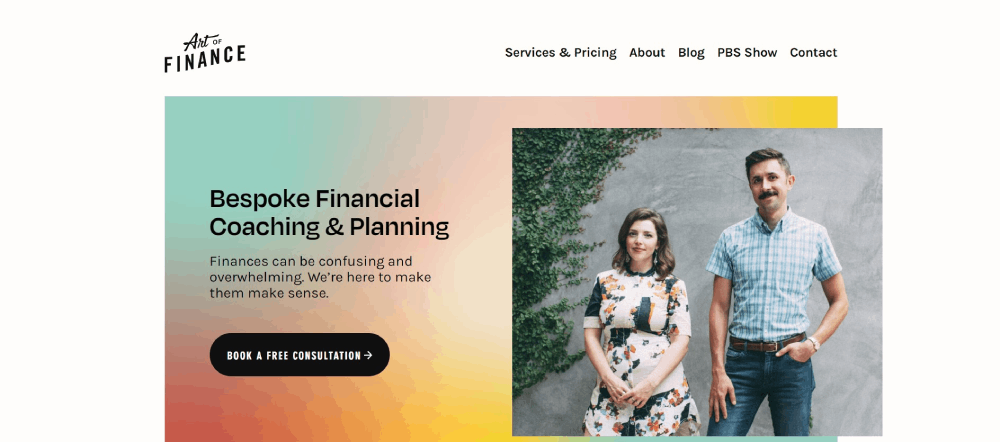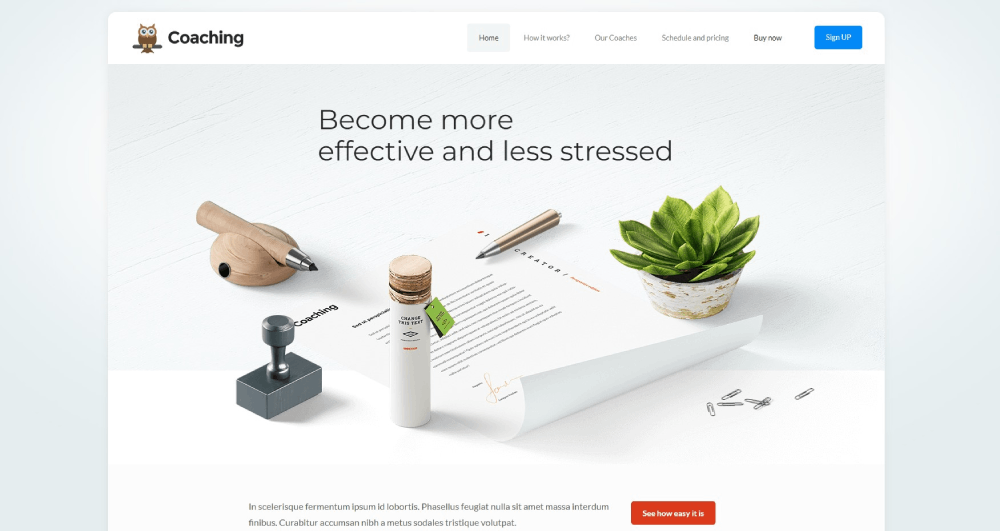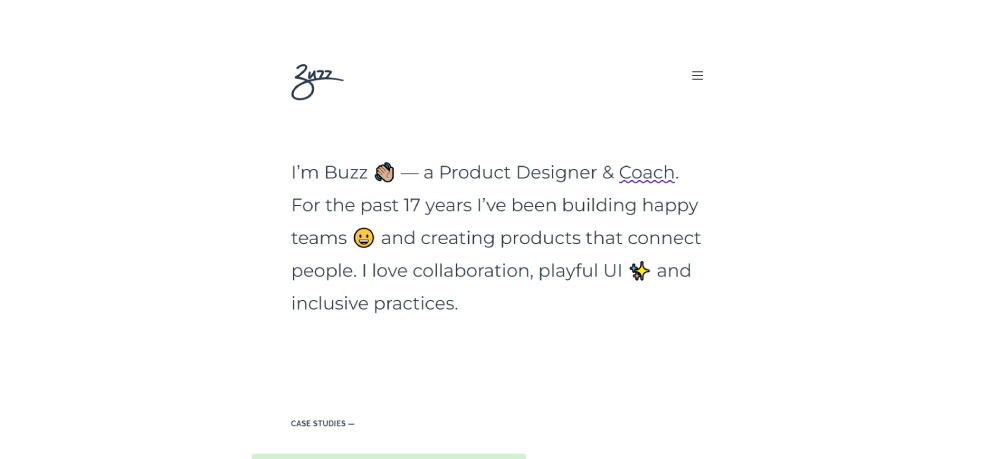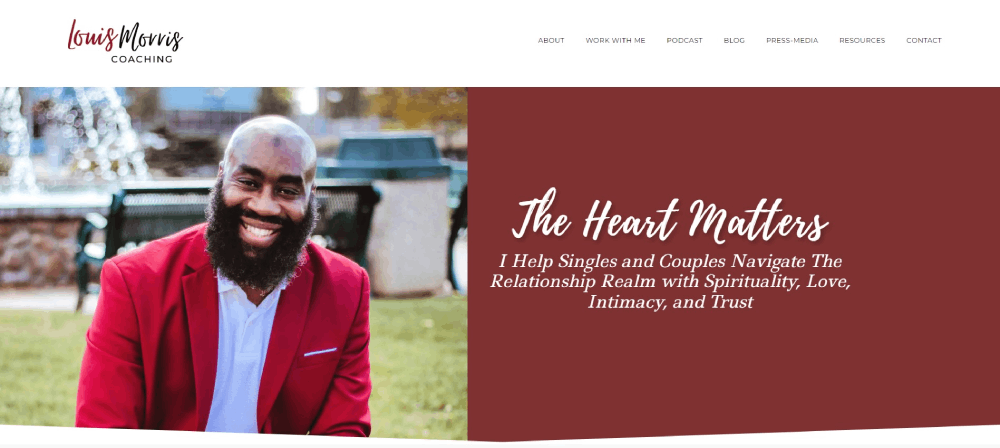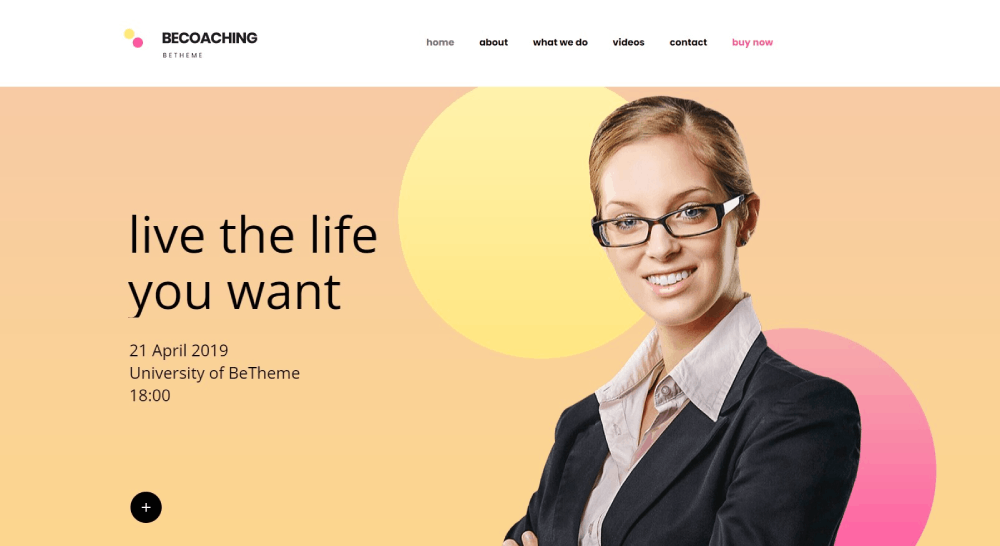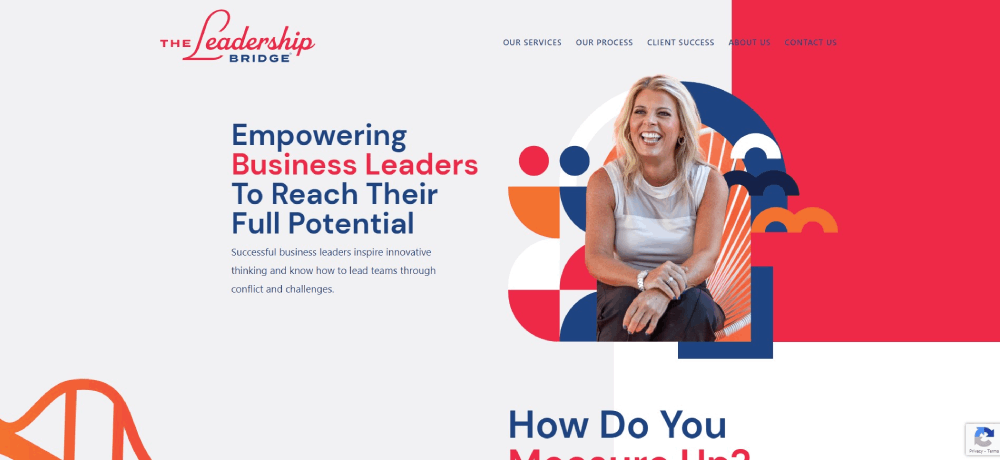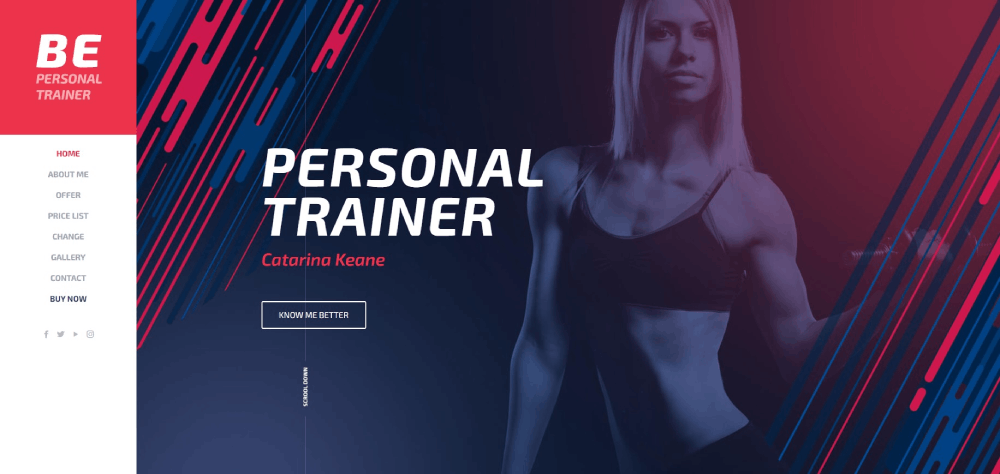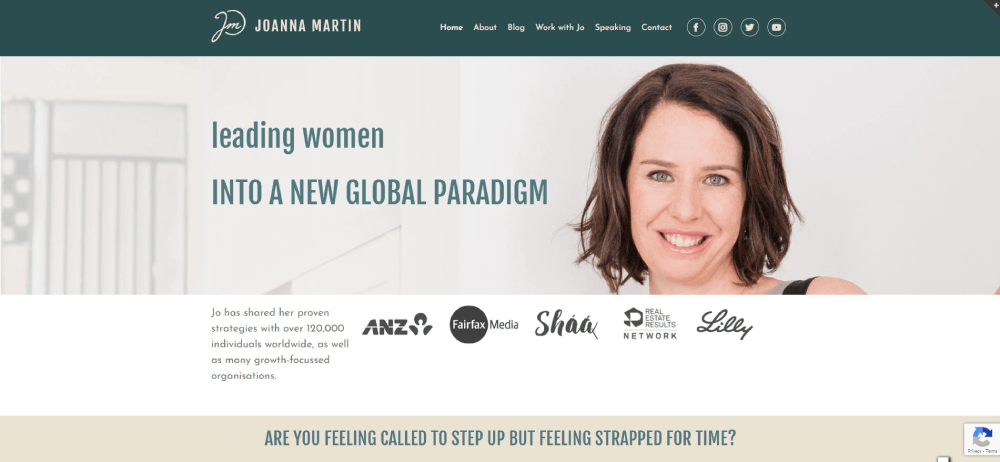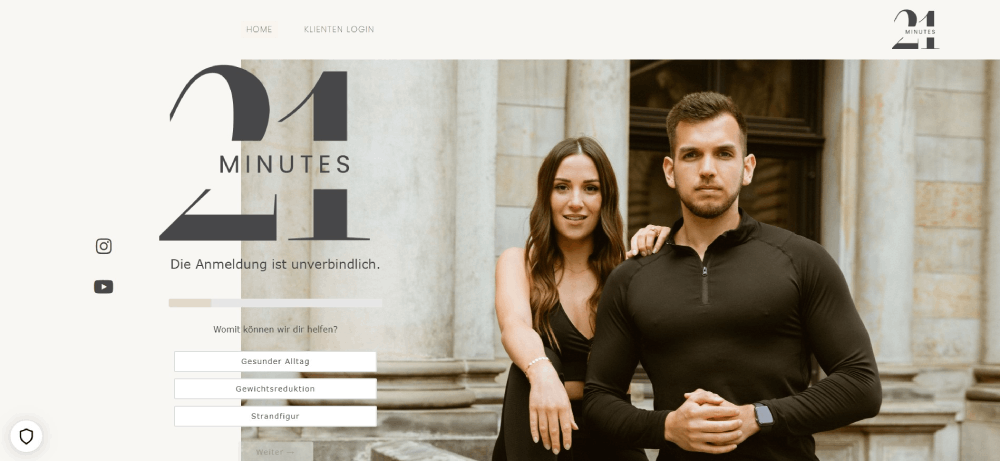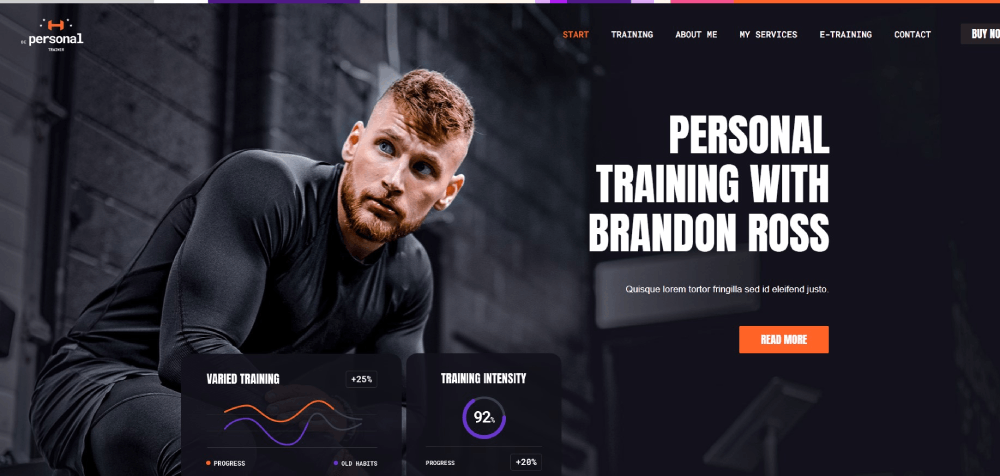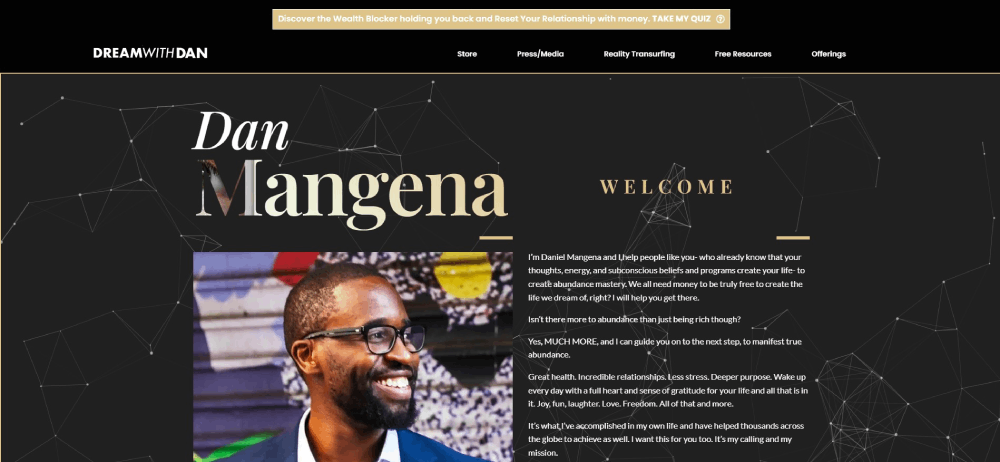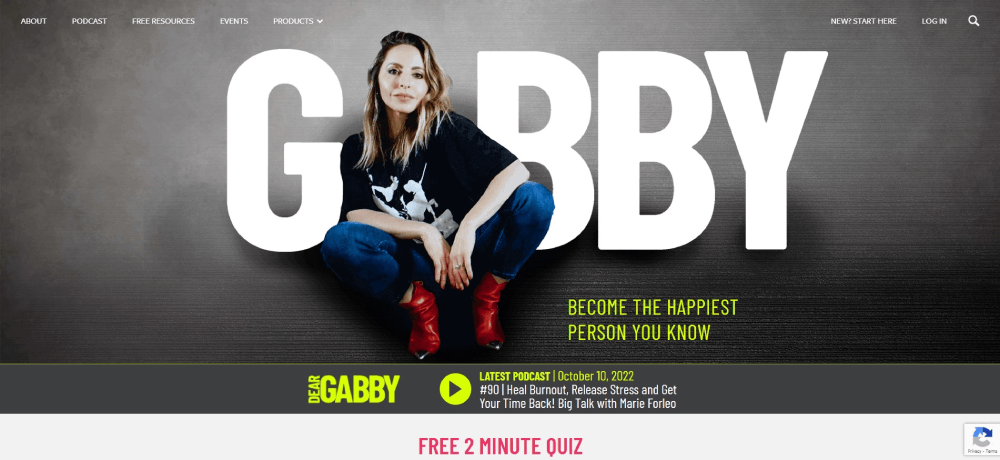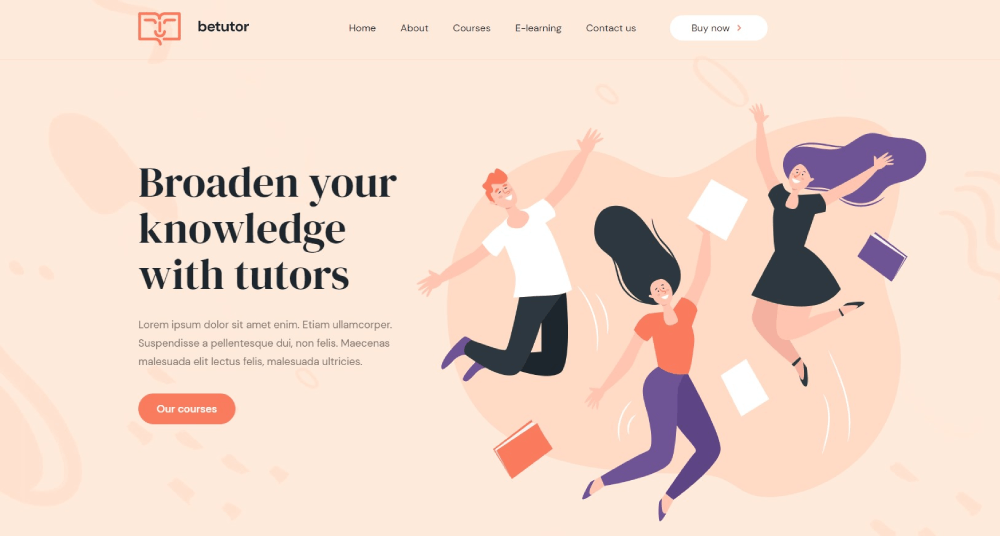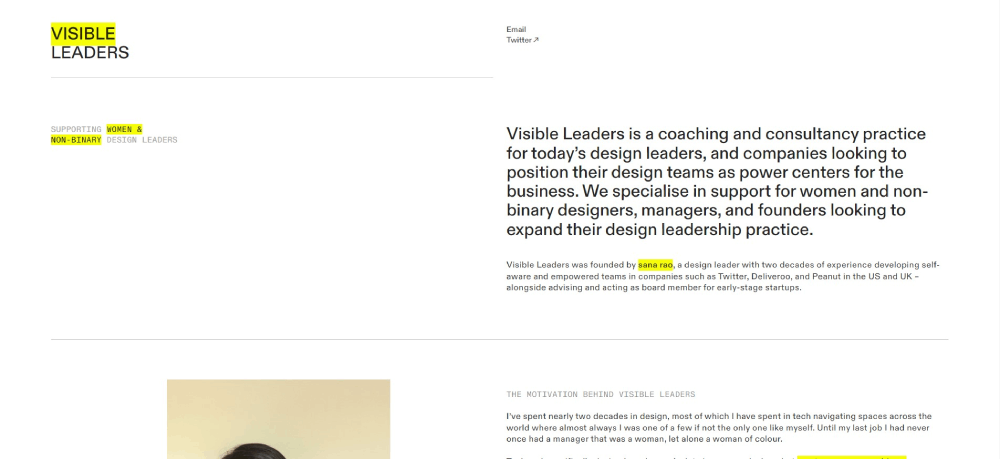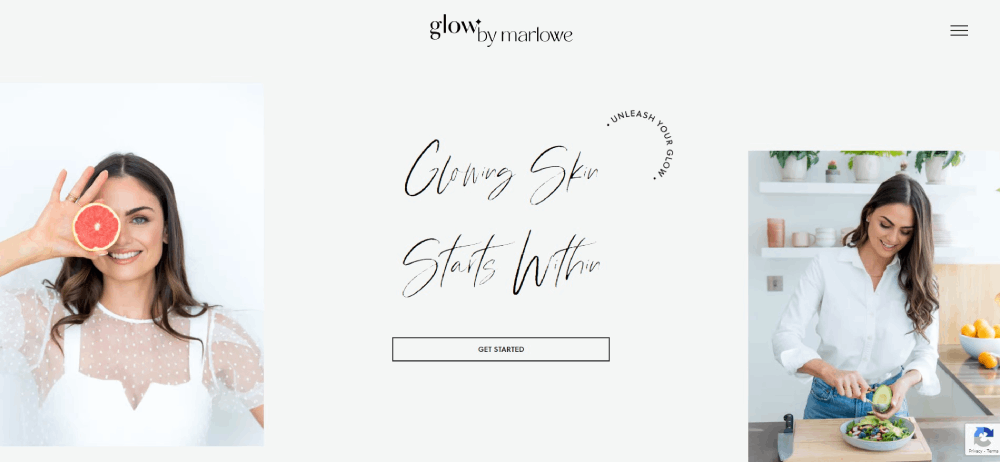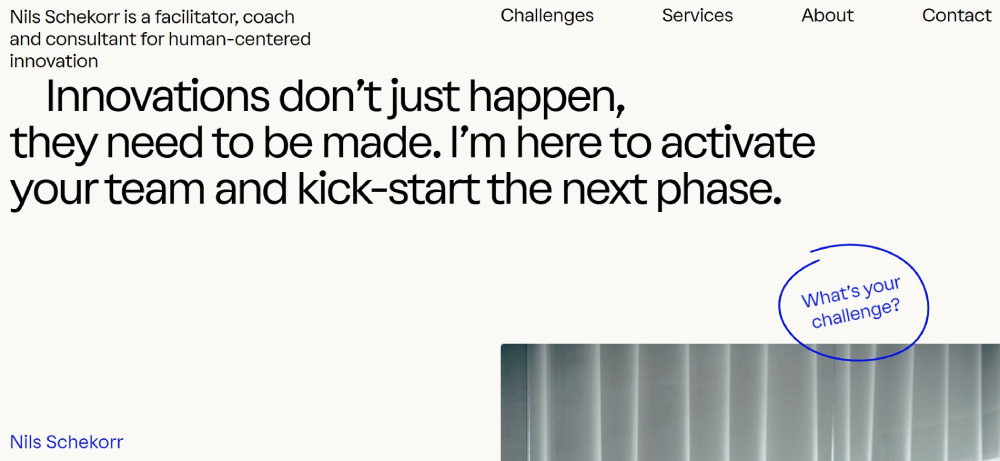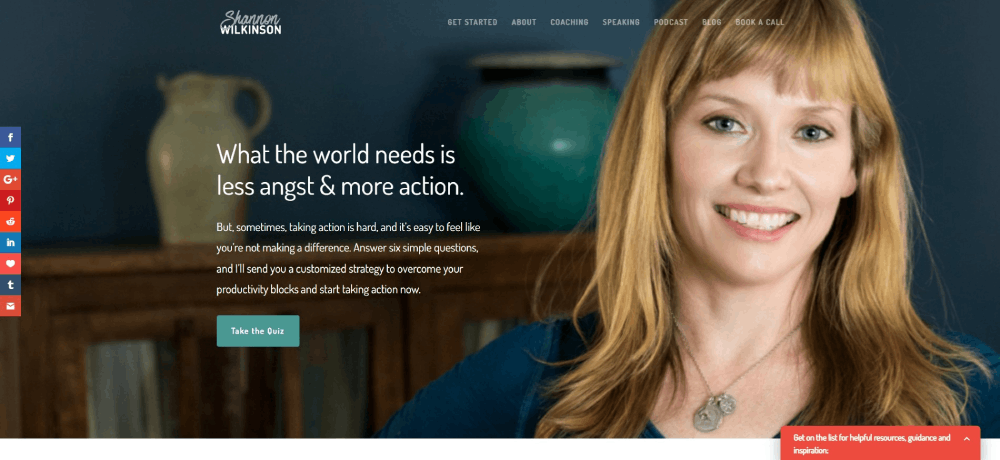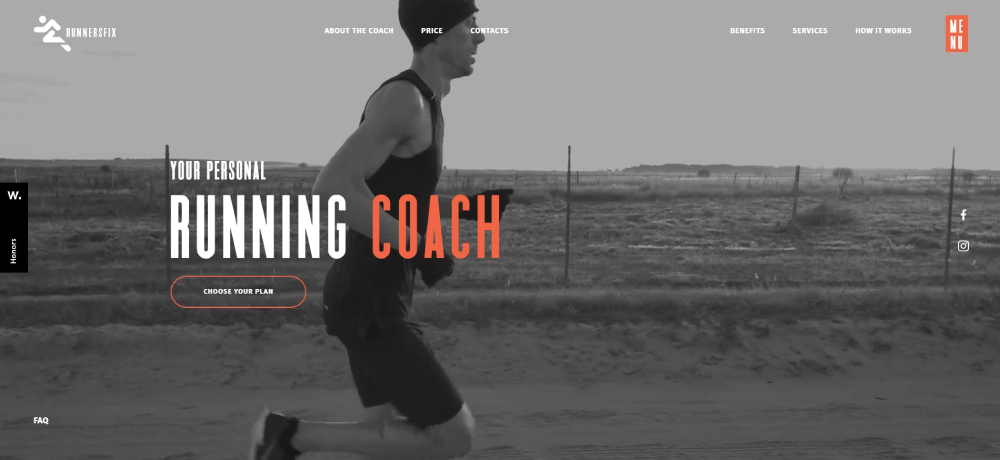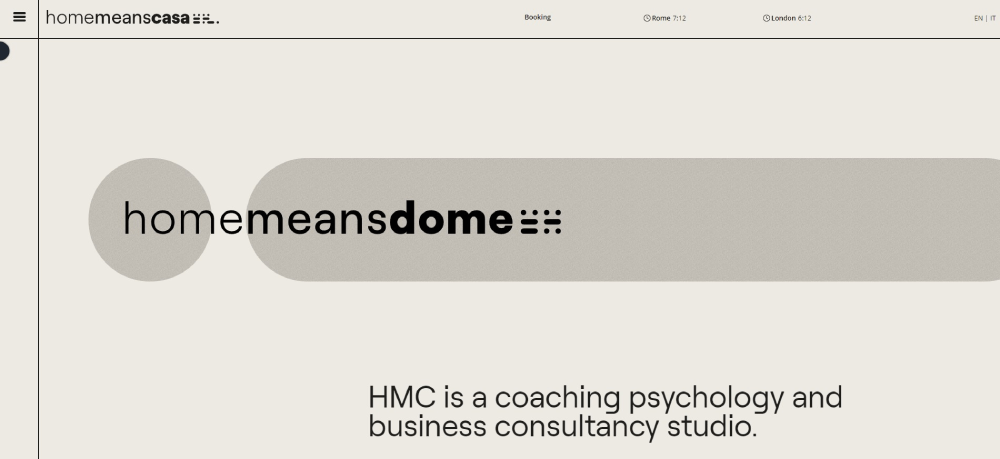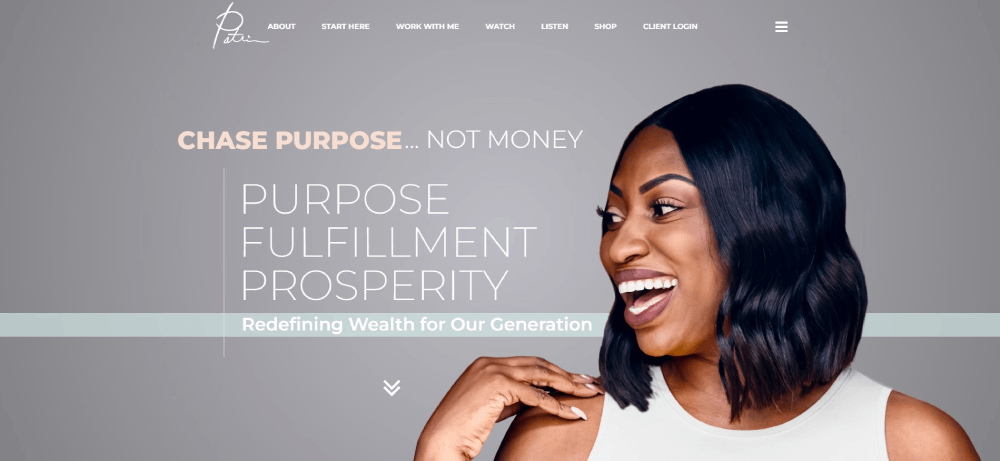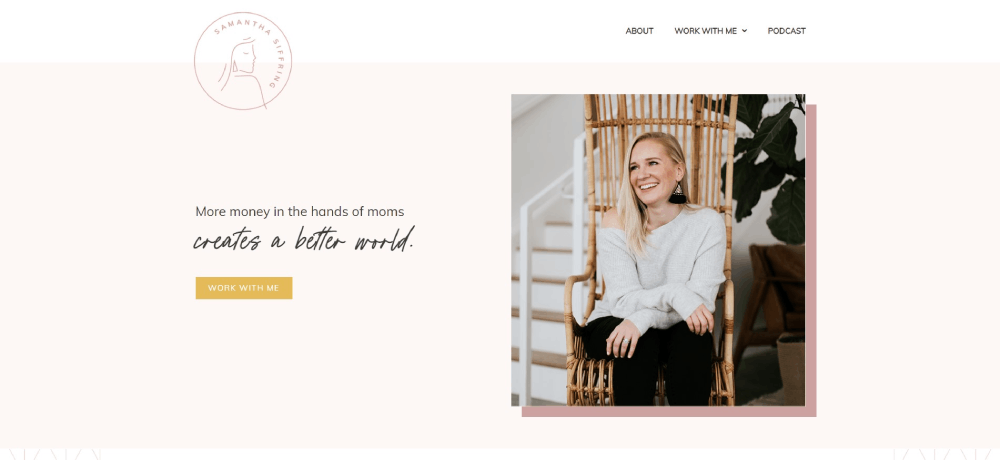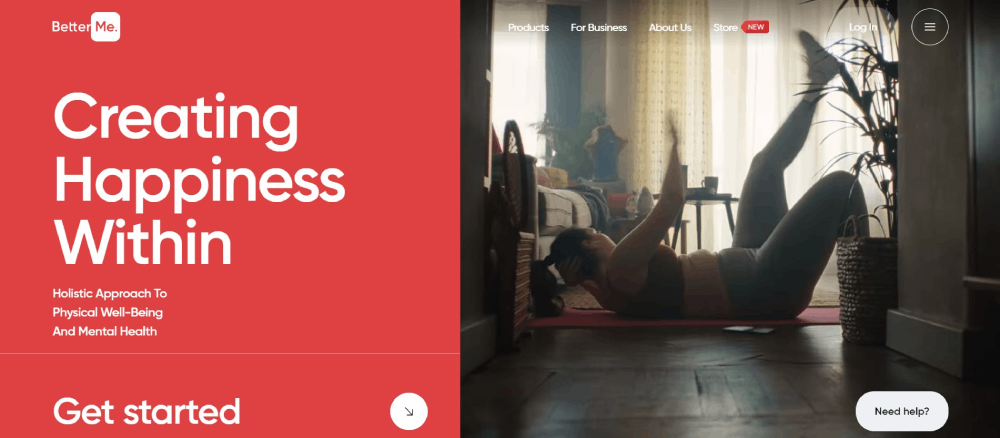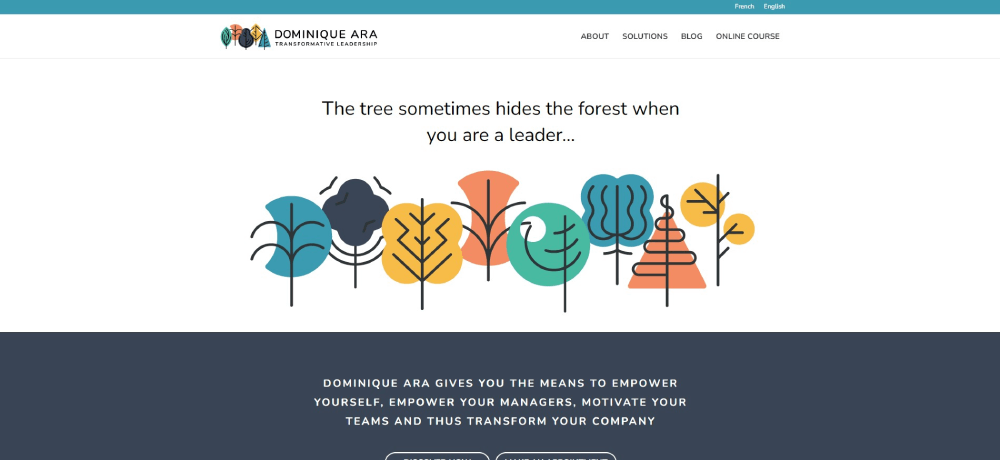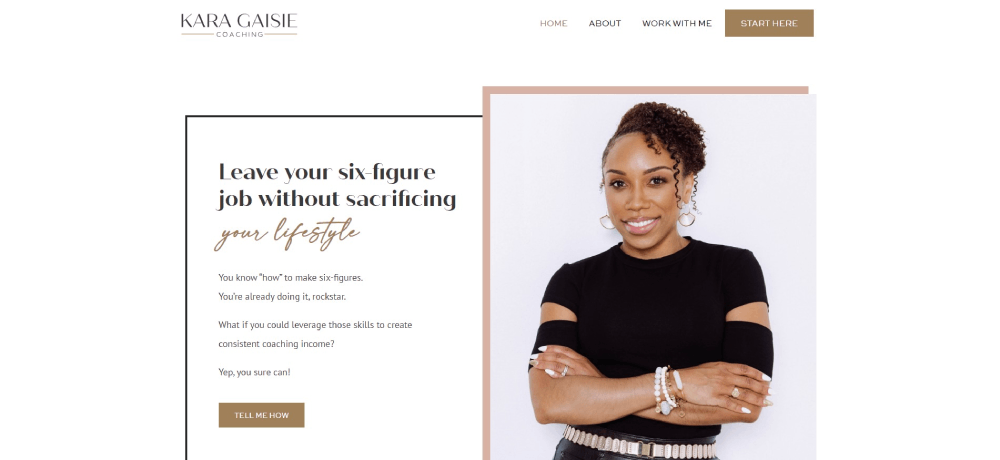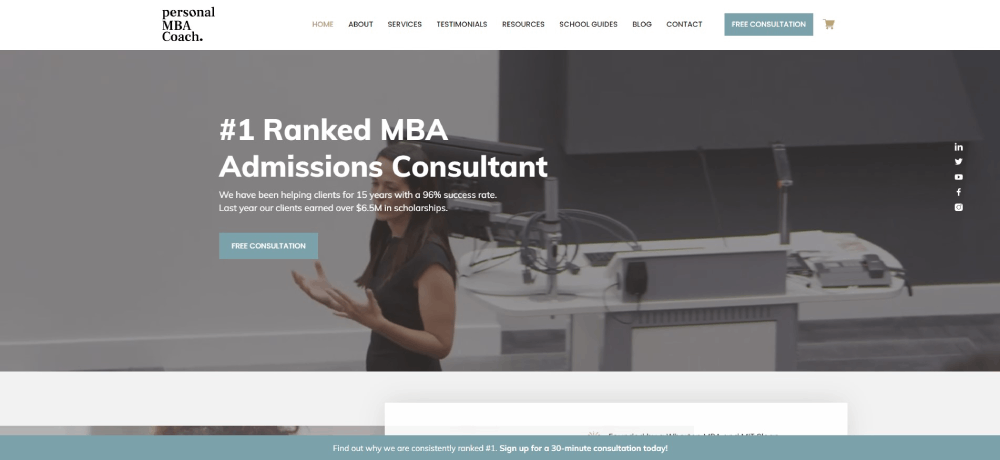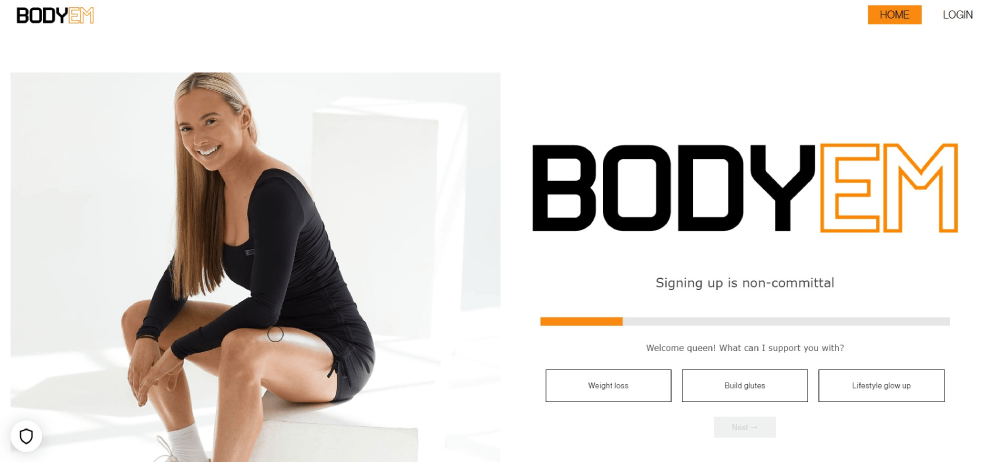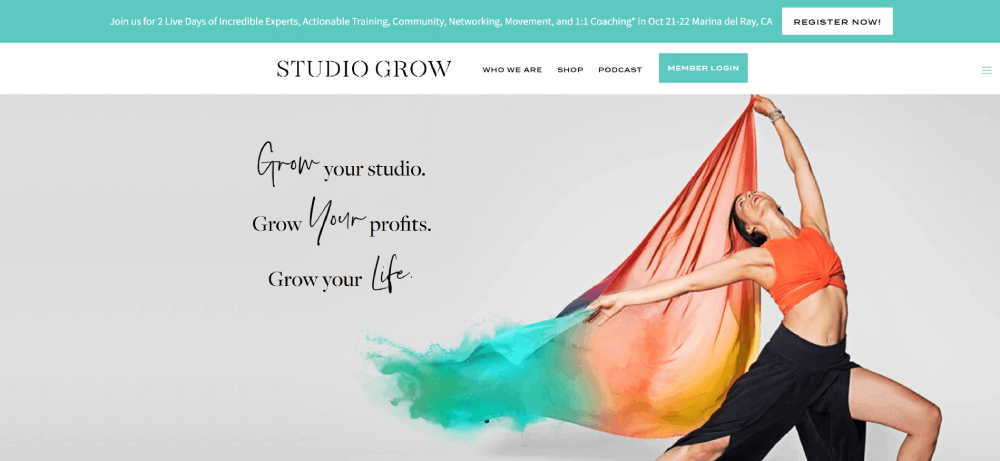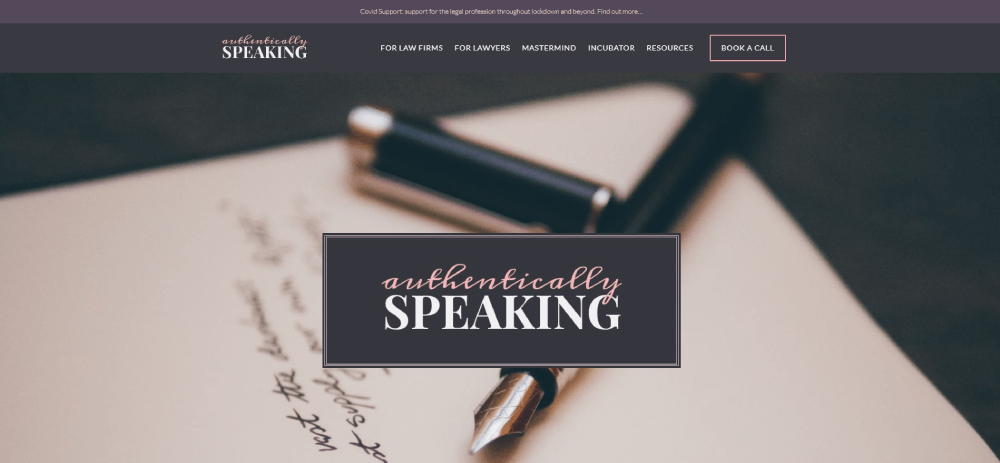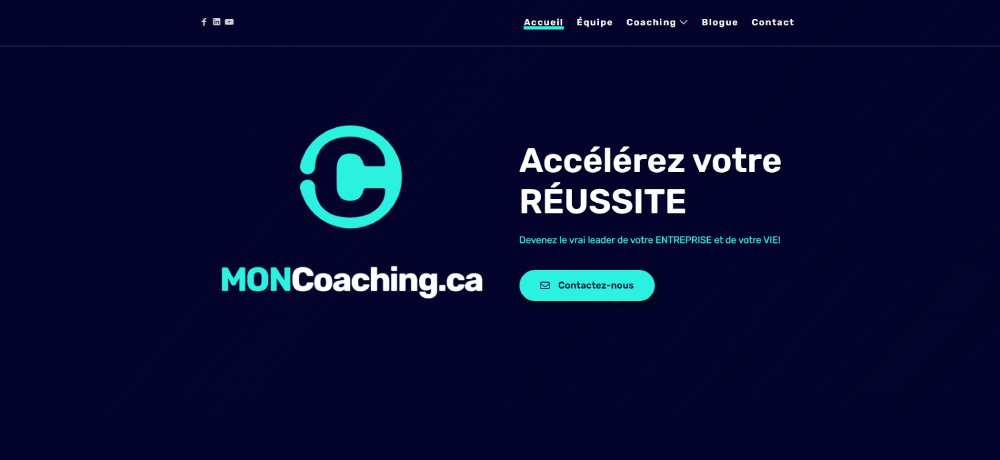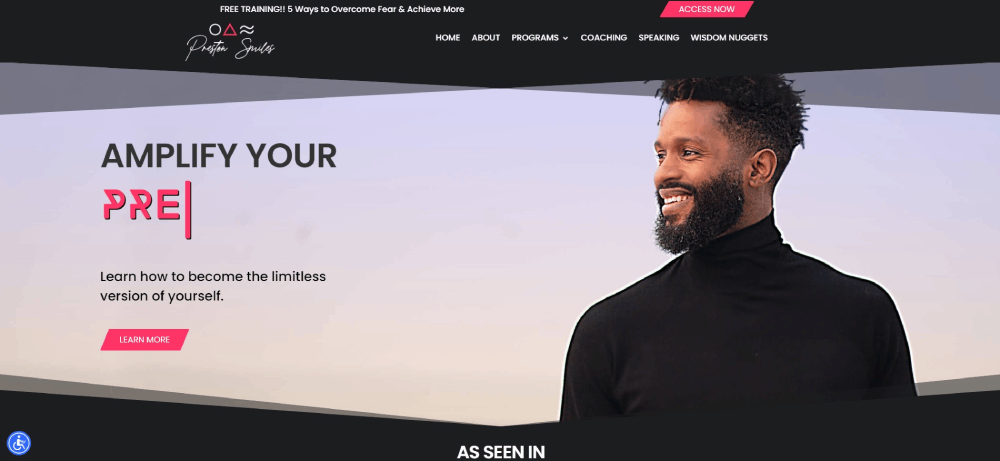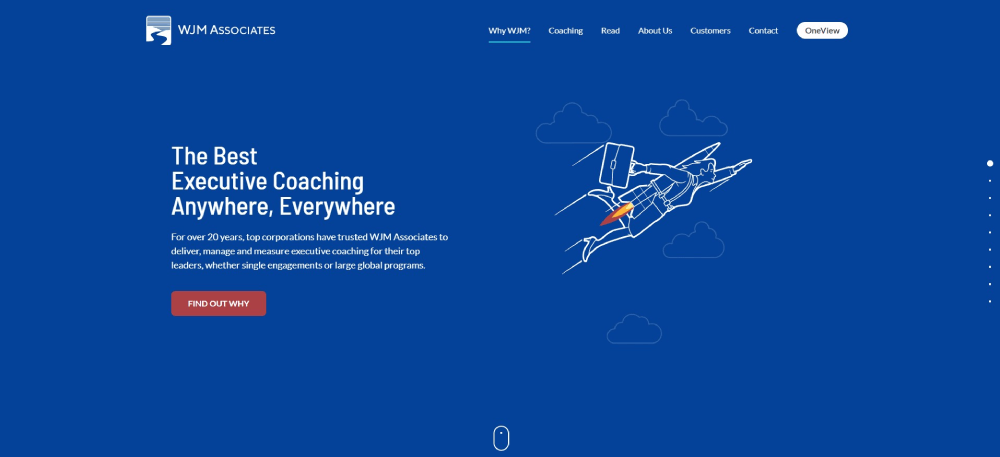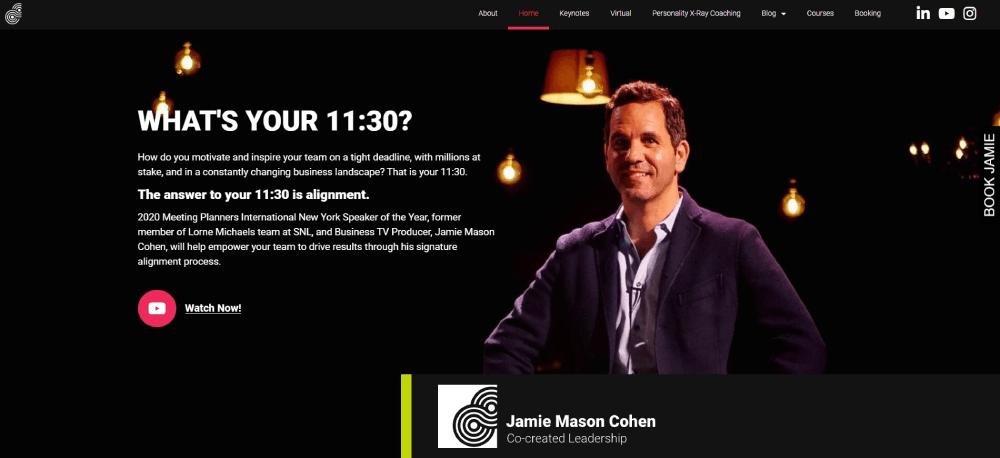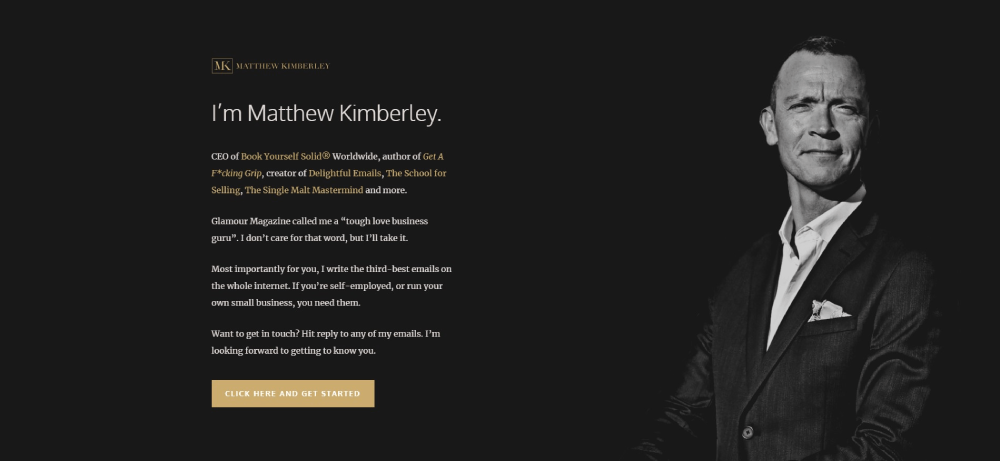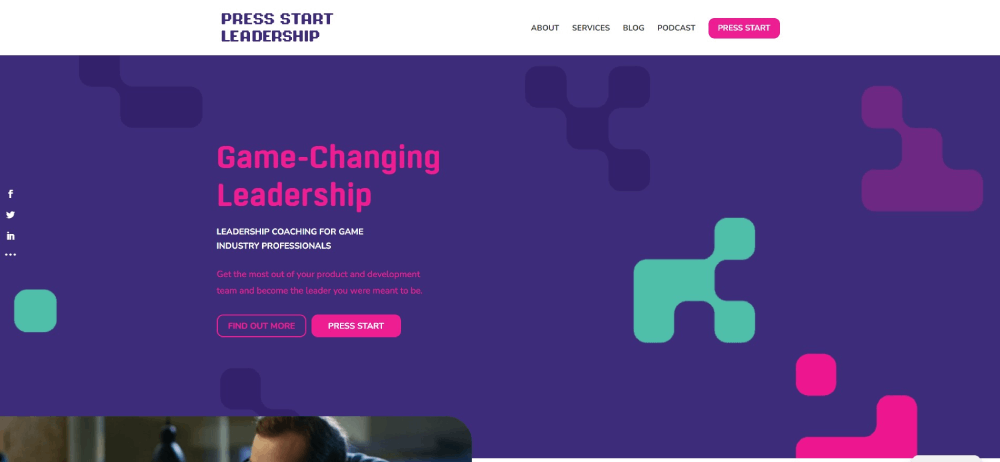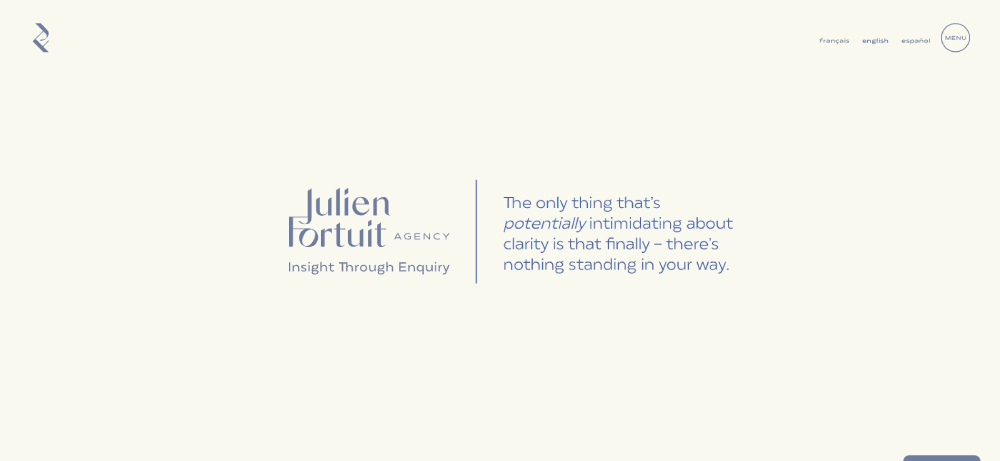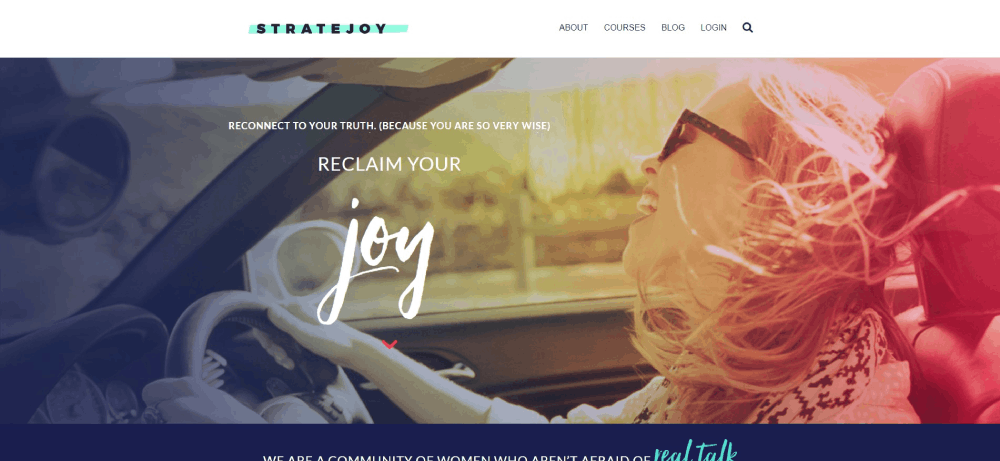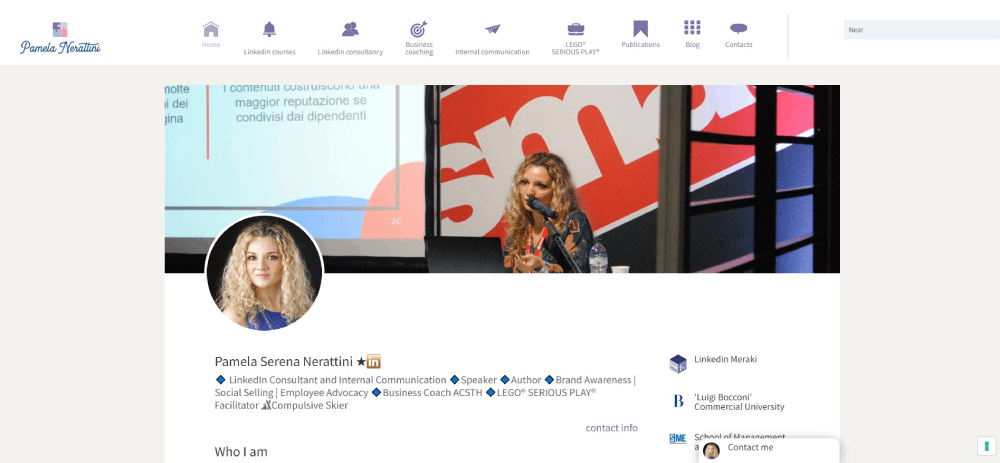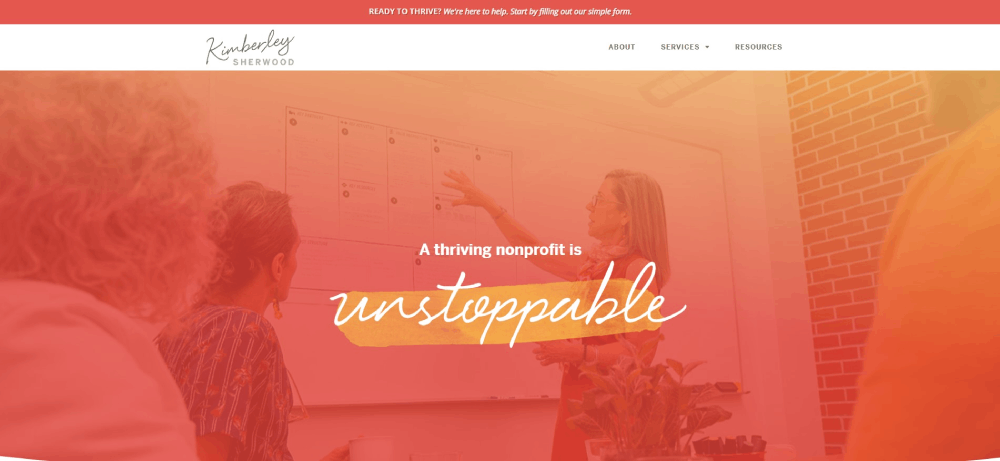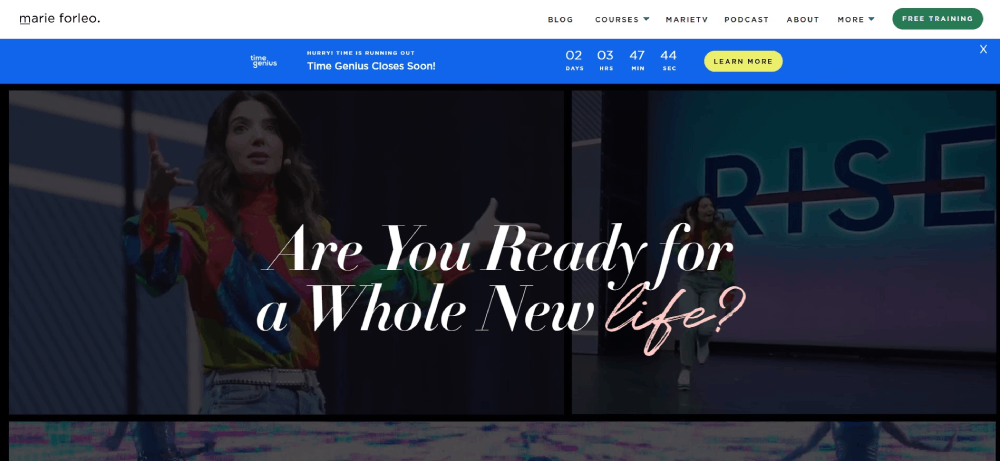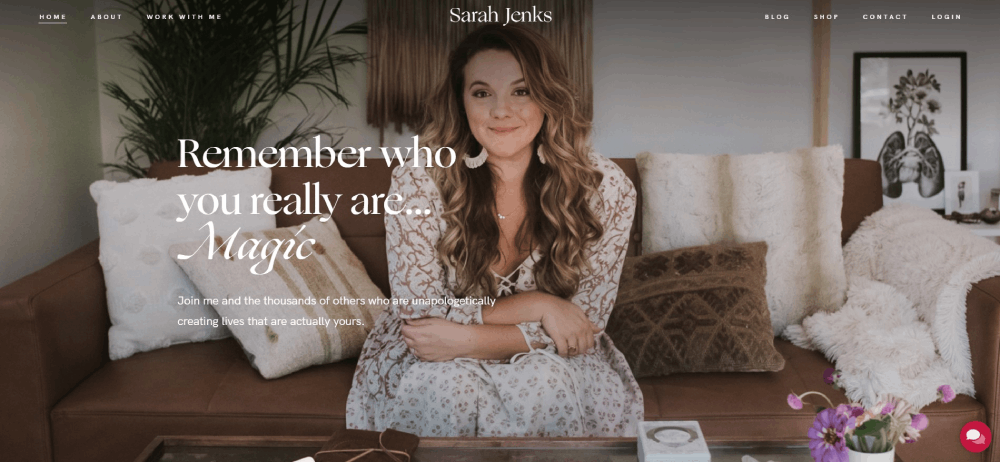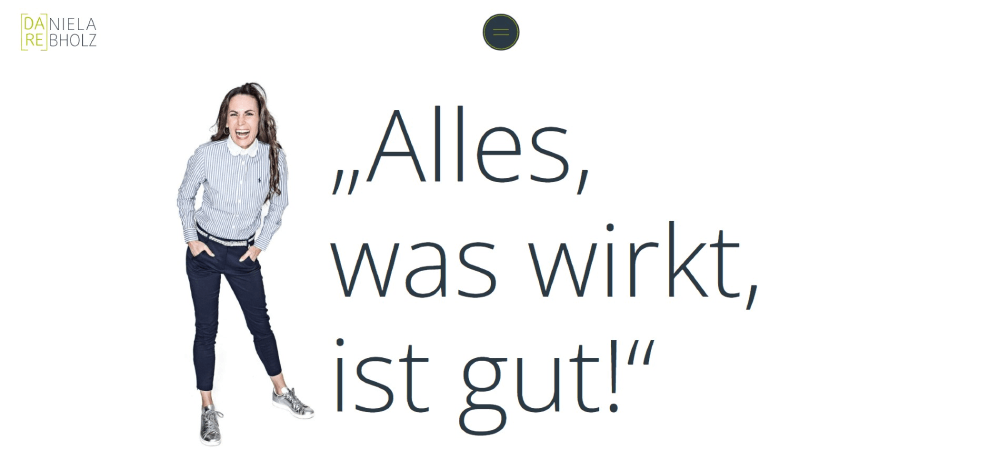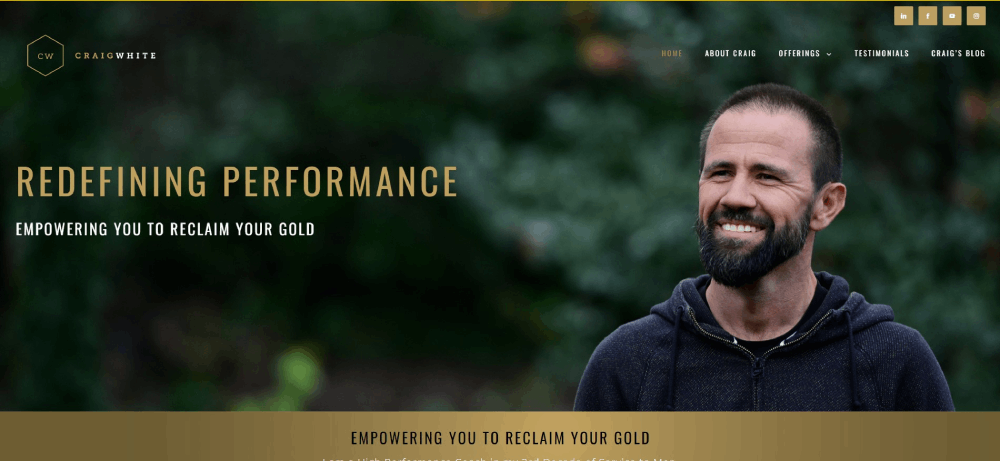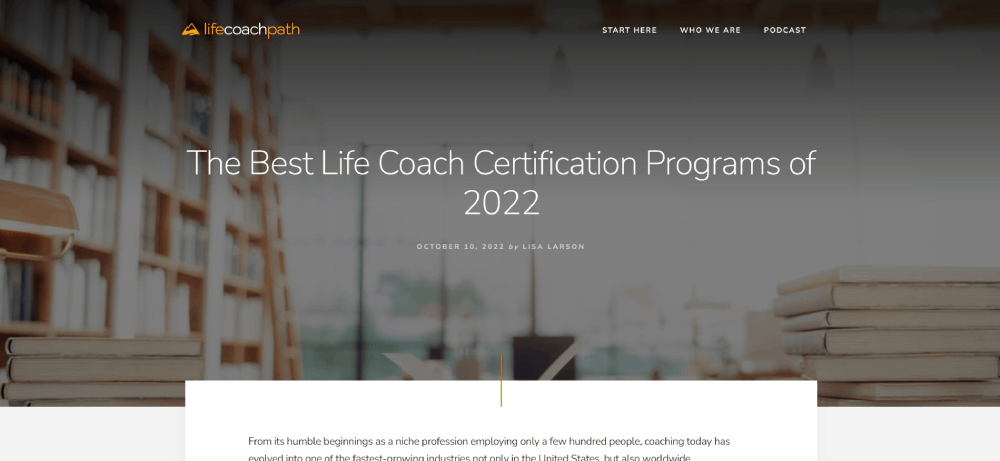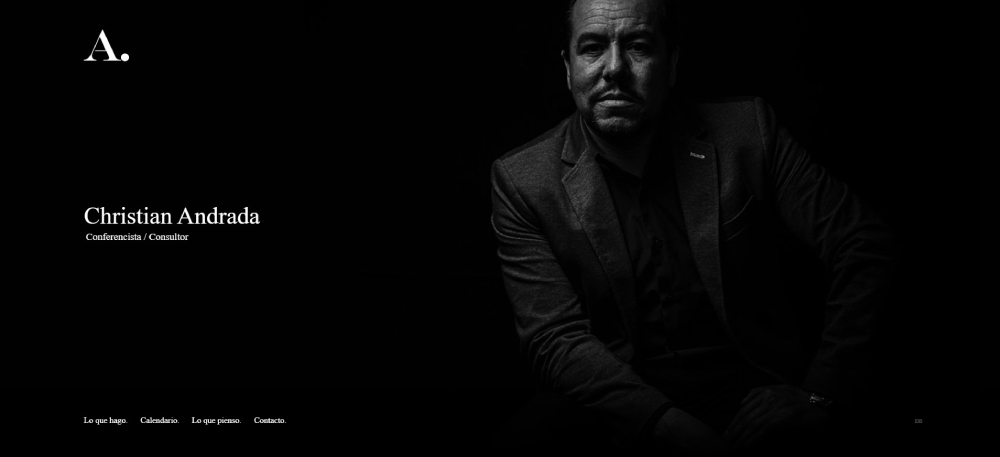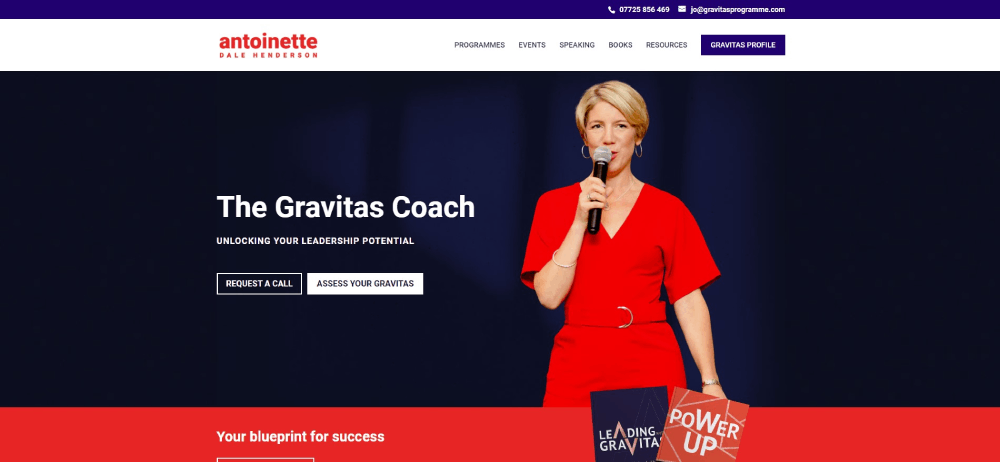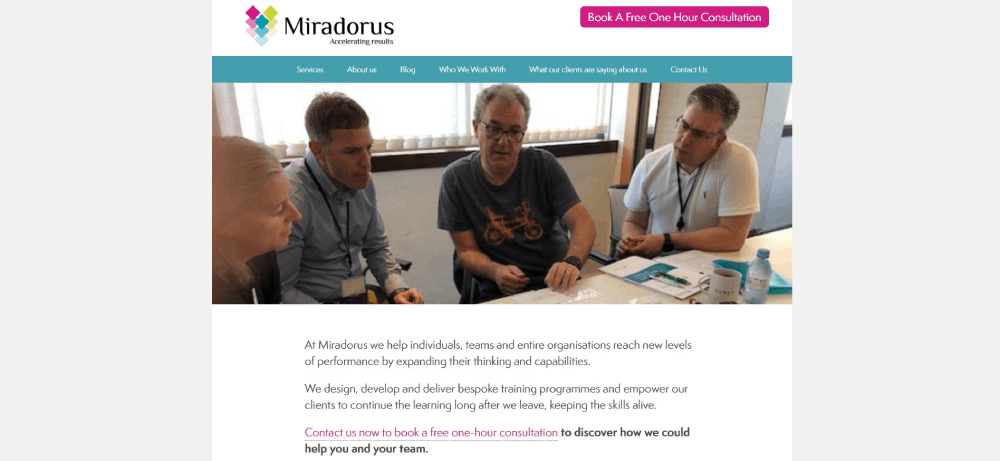
Top Doctor Website Design Examples To Inspire You
September 13, 2025
Top Examples of Catering Website Templates That Sell
September 17, 2025Your coaching website either builds trust in three seconds or loses a potential client forever.
I've seen too many talented life coaches, business coaches, and wellness practitioners lose clients because their online presence looked like it was built in 2008. The truth is, people judge your expertise based on how your site looks and functions. If your consultation booking system is clunky or your testimonial page feels outdated, prospects move on to someone who looks more professional.
This collection of coaching website design examples shows what actually works. You'll see how successful coaches structure their service offerings, display client transformations, and create smooth booking experiences. We'll break down specific elements like hero sections, pricing page layouts, and contact form designs that convert visitors into paying clients.
Whether you're launching your first coaching platform or redesigning an existing site, these examples will show you exactly what separates amateur coach portfolios from sites that generate consistent leads.
Coaching Website Design Examples
Art of Finance
FAQ on Coaching Website Design
What makes a coaching website effective?
An effective coaching website combines clear service descriptions with visible social proof and easy booking. Your homepage should immediately communicate what type of coaching you offer (life, business, health, executive) and who benefits most. Include client testimonials, program details, and a consultation scheduling system that works without friction. Skip the generic stock photos and show real results.
How should I structure my coaching service pages?
Start with the transformation clients get, not your credentials. Break down your coaching packages into clear tiers with specific deliverables, session counts, and pricing. Each service page needs a strong call to action button that leads directly to your booking interface. Add FAQ sections addressing common objections before they happen.
What's the best way to display client testimonials?
Use real names, photos, and specific results instead of generic praise. Position testimonial sections on your homepage, service pages, and as a dedicated testimonial page. Video testimonials convert better than text alone. Include before/after snapshots of client transformations when possible. Three detailed testimonials beat twenty vague ones.
Should my coaching website include a blog?
Only if you'll actually maintain it. A blog with one post from 2022 damages credibility more than having no blog at all. If you commit to regular content, focus on answering questions your ideal clients actually ask. Educational content builds trust and helps with search visibility. Link blog posts to your consultation booking system naturally.
What pages does a life coach website need?
Start with these core pages: Home, About, Services, Testimonials, Blog (optional), and Contact. Your About page should explain your coaching methodology and relevant certifications. Add a Resources page if you offer downloadable tools or assessments. Consider a separate Programs page if you run group coaching or online courses.
How important is mobile design for coaching websites?
Critical. Most potential clients will first see your site on their phone while researching coaches. Your booking integration must work flawlessly on mobile devices. Test every form, button, and navigation element on actual phones. If your calendar scheduling breaks on mobile, you're losing clients before they ever reach out.
What colors work best for coaching websites?
Choose colors that match your coaching niche and target audience. Corporate executive coaches often use navy, gray, or black for authority. Wellness and life coaches lean toward calming blues, greens, or earth tones. Avoid using more than three primary colors. Your color scheme should feel intentional, not random.
Should I include pricing on my coaching website?
Yes, unless you exclusively work with high-ticket corporate clients. Transparent pricing pages filter out people who can't afford your services and attract those who can. You don't need to list exact numbers for custom programs, but give ranges. Hidden pricing frustrates prospects and wastes consultation time discussing budgets.
How do I make my coaching website stand out?
Show your actual personality instead of copying every other coach's website. Use original photography, not stock images of people meditating on mountaintops. Write your copy in your real voice, not corporate jargon. Share specific case studies with measurable outcomes. Your unique coaching process should be visible throughout the site design.
What's the biggest mistake in coaching website design?
Making visitors hunt for basic information. If someone can't figure out what you do, who you help, and how to book a call within 10 seconds, your design failed. Don't hide your contact information or bury your services under vague philosophy statements. Clear beats clever every time.
Conclusion
These coaching website design examples prove that professional online presence directly impacts client acquisition. The patterns are clear across life coaching, business coaching, and wellness coaching platforms.
Strong coach portfolios share common elements. They feature accessible consultation scheduling, compelling social proof, and service descriptions that focus on outcomes rather than credentials.
Your website doesn't need expensive custom development. Many successful coaches use platforms like Squarespace, WordPress, or Kajabi with strategic modifications. What matters is clear navigation, mobile responsiveness, and fast load times.
The coaching industry grows more competitive each year. Generic template sites with stock photos no longer cut it. Prospects evaluate multiple coaches before booking that first call.
Start with one improvement. Maybe it's redesigning your intake form, restructuring your program pages, or adding video testimonials. Small changes compound quickly when you focus on removing friction from the client journey.
Your expertise deserves a website that actually converts visitors into clients. These examples show it's possible without being a designer yourself.
If you enjoyed reading this article about coaching websites, you should check out these with hairstylist websites, florist websites, wedding photographer websites, and massage therapist websites.
We also wrote about similar topics like chiropractic websites, pizza websites, optometrist websites, furniture website designs, gym websites, surfing websites, and plumber website designs.

